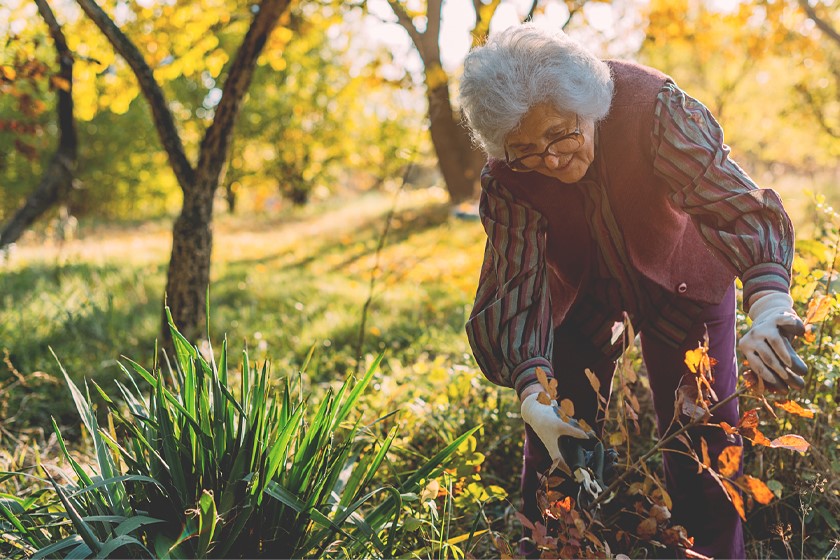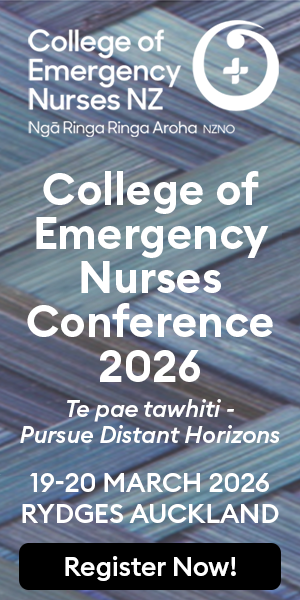
Living at home for as long as possible is highly valued by older adults.2 This enables greater autonomy and closer connections with their family, friends and community.
The reality is, however, as seniors age they can become more at risk of adverse medical occurrences such as accidents, respiratory problems and cardiovascular events. For those who have been hospitalised and are about to return home, the transition can present unique challenges, especially where limited community care resources may hinder thorough assessments and comprehensive follow-ups. All these can threaten independence and impact quality of life.
This is where medical alarms have a major role to play. They provide 24-hour support that enables older individuals to continue living independently while providing peace of mind for their families and caregivers that help is available with a simple press of a button.
The role of medical alarms in enhancing safety and independence
A medical alarm is an effective tool that nurses can recommend to their older patients. A St John Medical Alarm provides a 24/7 safety net that gives patients the confidence to maintain their independence and remain in their own homes. Research has shown that the use of a personal medical alarm is associated with reduced hospital admissions and fewer inpatient days compared to living without an alarm.3
Users of a medical alarm report feeling safer, more secure, and less anxious than non-users (including reduced anxiety about falling), giving them the confidence to continue living in their own home.4,5 They also report being more active around the home than non-users, potentially helping them to avert functional decline and allowing them to continue to live independently.4
The benefits of a St John Medical Alarm include:
- 24/7 access to expert care: With the push of a button, patients have immediate access to expert care, providing them with the necessary support between doctor visits and home care services.
- Enhanced patient independence: A St John Medical Alarm can empower seniors to live in their own homes with confidence, knowing that assistance is readily available if needed. Personal medical alarms enhance feelings of safety and security, which can help to support independence and the ability to age in place.6,7
- Direct connection to Hato Hone St John: The St John Medical Alarm is the only medical alarm that connects directly to Hato Hone St John.
- Reduced family anxiety: Families gain comfort in knowing their loved ones can access help by pressing an alarm button,8 which alleviates worries about their safety and being able to reach someone when they can’t be there.
Nurses can play a critical role in creating ongoing support plans for patients. A few simple ways to encourage older patients to consider a medical alarm include explaining to patients and their families the importance of ongoing monitoring at home and discussing how a medical alarm can serve as a useful safety net, as well as offering to complete an online referral.
Nurses can promote independent living for older adults through prioritising comprehensive assessments, facilitating open communication and connecting patients with appropriate resources. By actively incorporating a St John Medical Alarm into their discussions, nurses can help to contribute to their patients’ well-being and continued independence at home.
For more information, please visit https://stjohnalarms.org.nz/hcp.
References
- Health New Zealand — Te Whatu Ora. (2024). Health Status Report 2023.
- van Leeuwen, K. M., van Loon, M. S., van Nes, F. A., Bosmans, J. E., de Vet, H. C., Ket, J. C., Widdershoven, G. A., & Ostelo, R. W. (2019). What does quality of life mean to older adults? A thematic synthesis. PLoS One, 14(3), e0213263.
- Roush, R. E., Teasdale, T. A., Murphy, J. N., & Kirk, M. S. (1995). Impact of a personal emergency response system on hospital utilization by community-residing elders. Southern Medical Journal, 88(9), 917-22.
- De San Miguel, K., Lewin, G., Burton, E., Howat, P., Boldy, D., & Toye, C. (2017). Personal emergency alarms: do health outcomes differ for purchasers and nonpurchasers? Home Health Care Services Quarterly, 36(3-4), 164-177.
- De San Miguel, K., & Lewin, G. (2008). Personal emergency alarms: what impact do they have on older people’s lives? Australasian Journal on Ageing, 27(2), 103-105.
- Karlsen, C., Ludvigsen, M. S., Moe, C. E., Haraldstad, K., & Thygesen E. (2017). Experiences of community-dwelling older adults with the use of telecare in home care services: a qualitative systematic review. JBI Database of Systematic Reviews and Implementation Reports, 15(12), 2913-80.
- Mann, W. C., Belchior, P., Tomita, M. R., & Kemp, B. J. (2005). Use of personal emergency response systems by older individuals with disabilities. Assistive Technology, 17(1), 82-8.
- Stokke, R. (2017). “Maybe we should talk about it anyway”: a qualitative study of understanding expectations and use of an established technology innovation in caring practices. BMC Health Services Research, 17(1), 657.
This advertising content was paid for by Hato Hone St John. Hosted content may not represent the views of Kaitiaki Nursing New Zealand nor the New Zealand Nurses Organisation.



